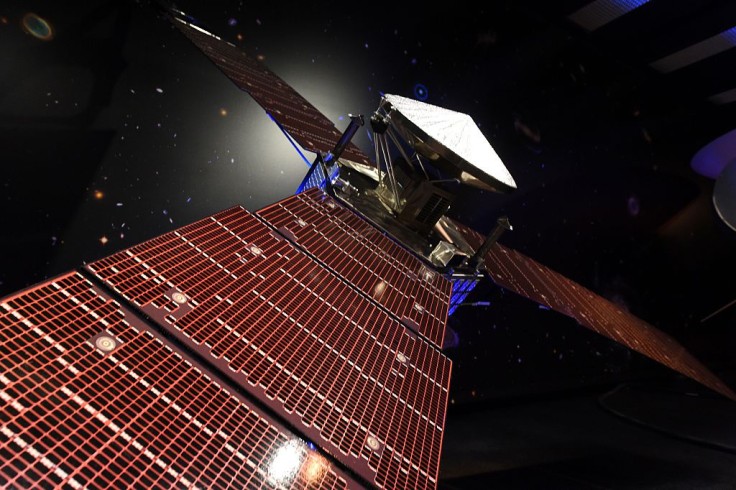
In its historic 10-year journey to Jupiter wherein it had since captured breathtaking images of the planet and its mysterious moons, NASA's Juno spacecraft has beamed back another startling find on the gas giant--one of a bizarre, eerie kind.
Juno has picked up strange radio waves from Jupiter's volcanic moon Io that would offer insight to scientists on what causes them to occur.
Volcanic Moon in 'Gravitational Tug-of-War' with Jupiter, Other Moons That Set Off Eruptions
The volcanic moon Io, being closest to Jupiter, is caught in a "gravitational tug-of-war" between Jupiter and two other large moons, Space.com posted. Such gravitational pulls result in enormous internal heat that has led to hundreds of volcanic eruptions on Io's surface.
NASA revealed that the volcanoes on Io release one ton of gases and particles per second. A number of these emitted materials would split into electrically charged ions and electrons that precipitate onto Jupiter through its strong magnetic field.
Read also: NASA Jupiter Photos and Mission Update: JunoCam Imager Captures Biggest Moon in the Solar System
This powerful magnetic field, considered the strongest in the solar system, reaches out so far that some of its moons would orbit within it. The planet is also battered by solar wind, which is a stream of electrically charged particles and magnetic fields incessantly blowing from the Sun, SciTechDaily added. Depending on how intense the solar wind blows, Jupiter's magnetic field extends to as far as two million miles (3.2 million kilometers) toward the Sun and stretch to more than 600 million miles (over 965 million kilometers) away from the Sun, which is as far as Saturn's orbit.
Electrons in Jupiter's Magnetic Field Trigger Radio Waves
Electrons that are confined in Jupiter's magnetic field would accelerate toward the planet's poles and would trigger decameter radio waves or decametric radio emissions (DAM).
At a specific spot near Jupiter, NASA's Juno spacecraft enables its Waves instrument to listen to these decameter radio waves, NASA's Goddard Space Flight Center further said. Scientists would then use data from Juno to determine where in Jupiter's enormous magnetic field these radio waves emanate.
Such study will further allow researchers to analyze the behavior the massive magnetic fields on Jupiter and other gas giants in the solar system. These researchers describe the radio waves as a hollow cone, carrying the right magnetic field and right density of electrons. The radio waves rotate like a lighthouse and Juno could only detect them when the "light" hits the spacecraft, per NASA.
Juno provided the NASA team the necessary data in determining that the electrons' energy that generate the radio waves was far higher than previously thought, around 25 times greater. In addition, the radio waves need not emanate from a volcanic moon like Io. These emissions could come from Jupiter's magnetic field or from the Sun as part of the solar wind, the NASA team added.









